The hidden Le Corbusier connection in Peter Doig’s landmark painting
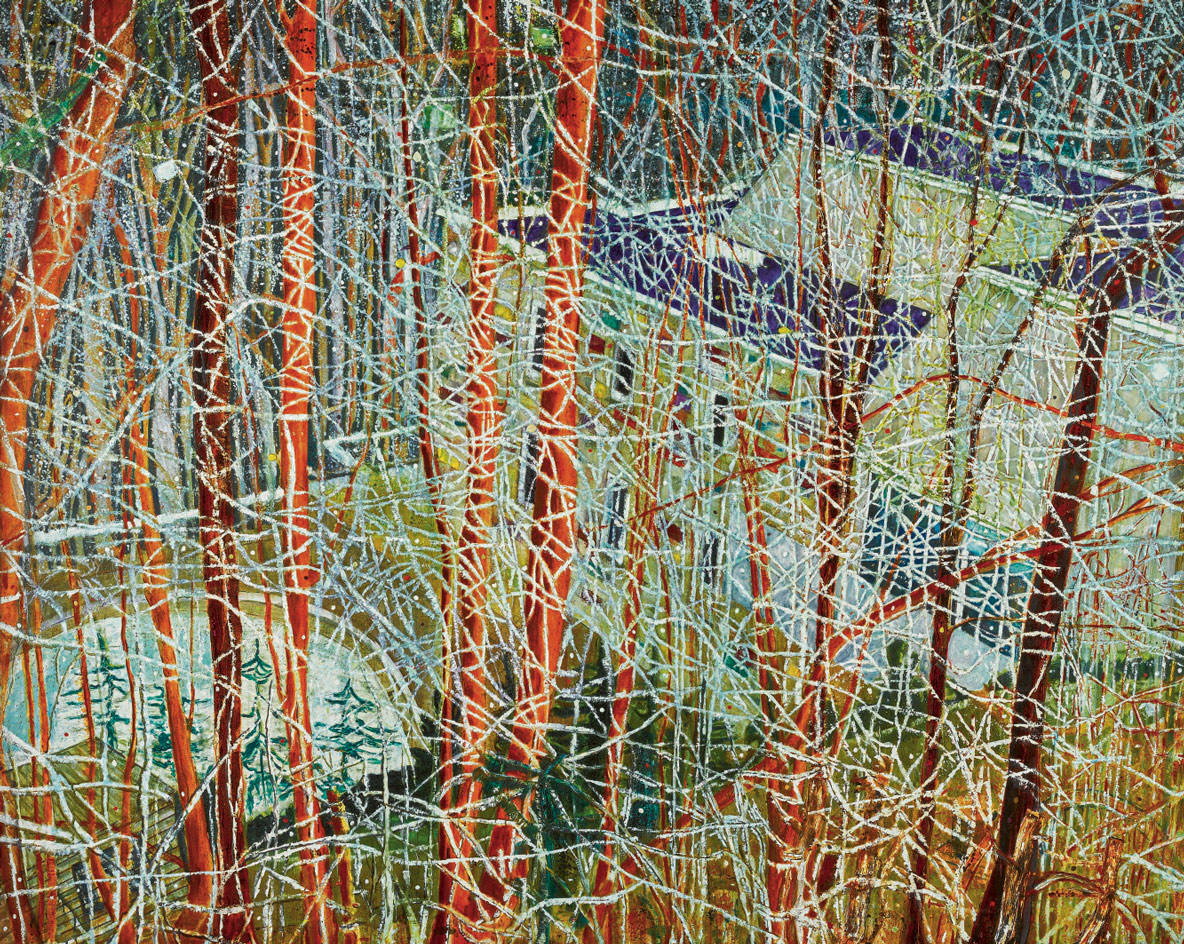
As a child, Peter Doig visited the home of Eberhard Zeidler, situated in the wealthy Toronto suburb of Rosedale. This house is the stated inspiration of his masterwork – The Architect’s Home in the Ravine (1991) – which is going under the gavel on 7 March at Sotheby’s in London.
However, it’s commonly thought that the dark undertones of the work come from somewhere else altogether. According to Sotheby’s, ‘The eerie mood and the composition can be better traced to a celebrated Le Corbusier building, the Unité d’Habitation in Briey-en-Fôret in northeast France.’
In the summer of 1991 the Scottish painter visited the Unité d’Habitation (one of five housing projects constructed by Le Corbusier in France between 1947-53) which had been derelict since 1973, as part of a team of artists and architects working on its restoration. He was struck by the view of the modernist building from the thick, surrounding forest.
Doig references its brightly coloured panels that bedeck the front of the house, only just visible through the thickets – something missing from Zeidler’s home, which is typified by its glass and sandstone façade.
Like Zeidler’s ‘architect’s home in the ravine’, which he made for his family, Unité d’Habitation was a home too – on a drastically larger scale. Widespread destruction from the Second World War triggered an urgent need for accommodation in France, and Le Corbusier was commissioned by the government to demonstrate a new art of building to transform housing. Unité d’Habitation redefined high-density living by reimagining a city inside an 18-storey brutalist block.
Doig would refer back to the building repeatedly (and in more explicit terms) in the celebrated Concrete Cabin paintings (1992-1996). This conflation of physical experience and emotive recollection is typical of Doig – he is an artist of oneiric atmosphere whose works are more accurately defined as meditations on the concept of memory itself as they are accurate depictions of what’s in front of them.
Just as Unité d’Habitation has had a varied history so too has Doig’s representation of it. It was one of four works the artist chose to be included in the subsequent show at the Whitechapel Gallery, (where Doig was also named an Art Icon last year). Others include Iron Hill (1991), which became the first work by the artist to sell for over £1 million at a Sotheby’s auction in 2006, and Rosedale (1991), which established a new $28.8 million auction record for any living British artist last year.
On the back of these successes – and thanks to the story behind the subject matter – interest in the work is expected to be overwhelming. It sold for $12 million in 2012, and is predicted to reach £14 – £18 million in next month’s auction, where it will headline Sotheby’s Contemporary Art Evening Auction.
INFORMATION
The Sotheby’s Contemporary Art Evening Auction takes place 7 March. For more information, visit the Sotheby’s website
Wallpaper* Newsletter
Receive our daily digest of inspiration, escapism and design stories from around the world direct to your inbox.
Elly Parsons is the Digital Editor of Wallpaper*, where she oversees Wallpaper.com and its social platforms. She has been with the brand since 2015 in various roles, spending time as digital writer – specialising in art, technology and contemporary culture – and as deputy digital editor. She was shortlisted for a PPA Award in 2017, has written extensively for many publications, and has contributed to three books. She is a guest lecturer in digital journalism at Goldsmiths University, London, where she also holds a masters degree in creative writing. Now, her main areas of expertise include content strategy, audience engagement, and social media.
-
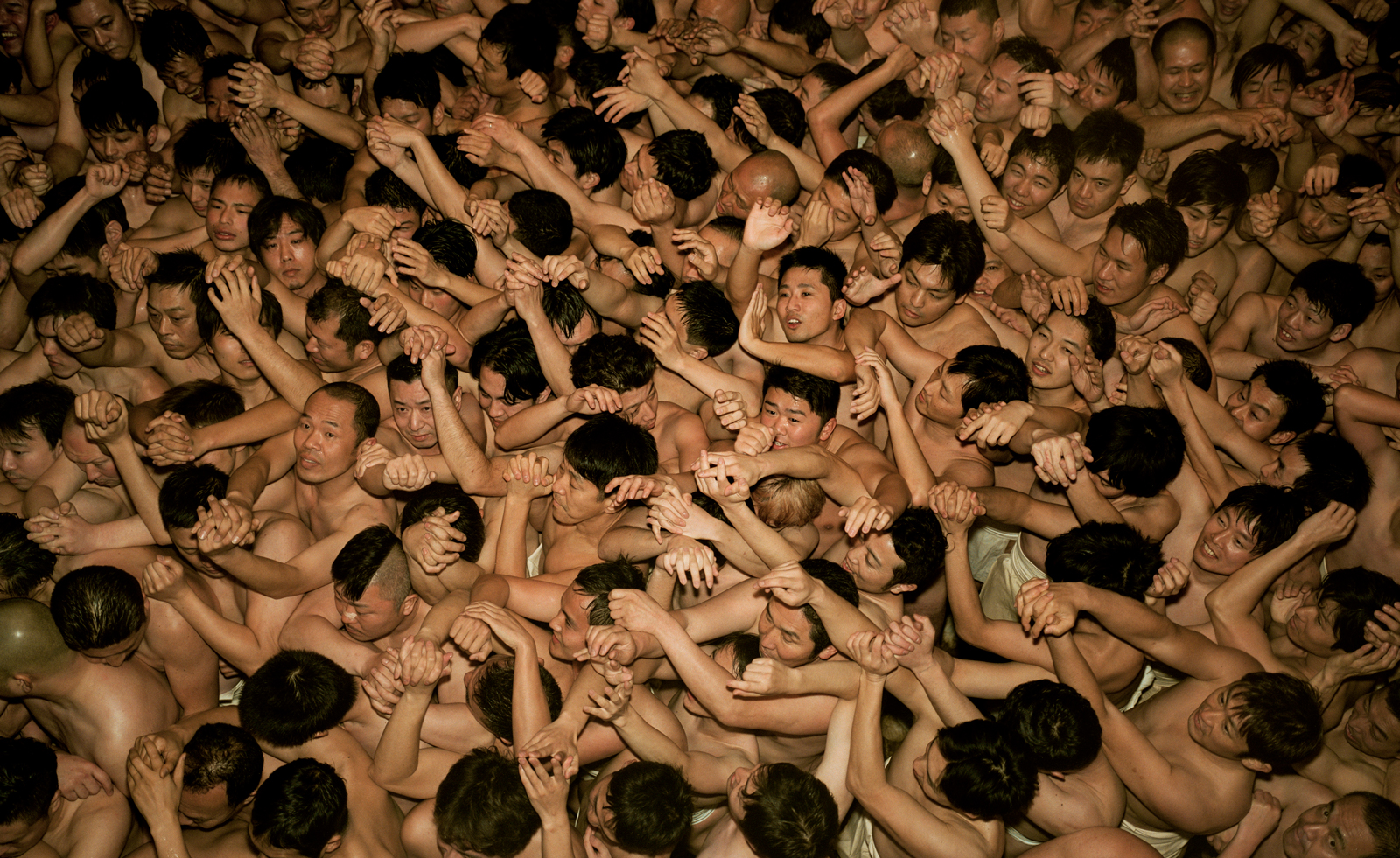 Inside Kyotographie, Japan’s world-renowned photography festival
Inside Kyotographie, Japan’s world-renowned photography festivalKyotographie 2025 embraces the theme ‘Humanity’ in Kyoto – Amah-Rose Abram reports with the highlights, from major and emerging photographers
By Amah-Rose Abrams
-
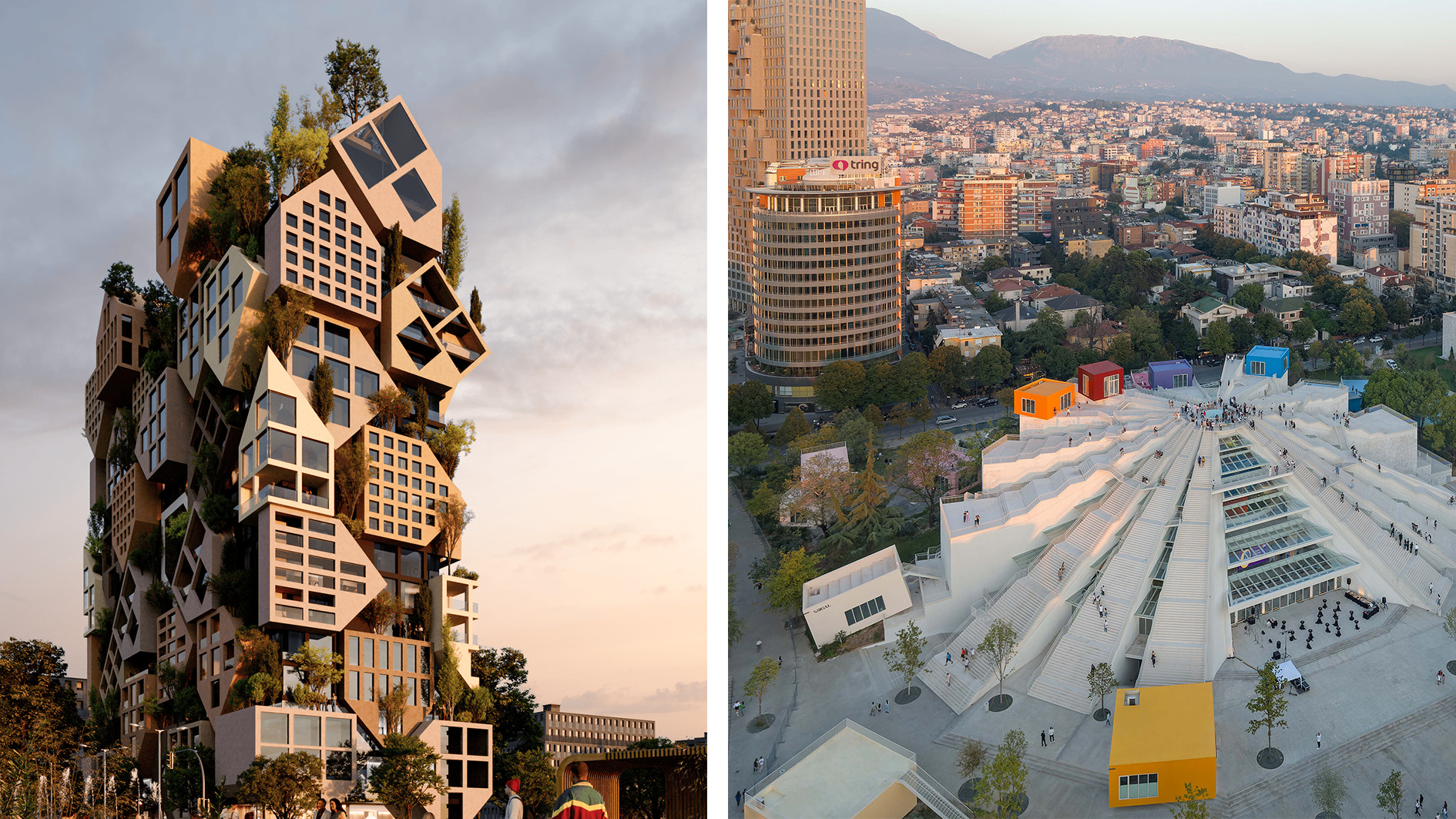 Isolation to innovation: Inside Albania’s (figurative and literal) rise
Isolation to innovation: Inside Albania’s (figurative and literal) riseAlbania has undergone a remarkable transformation from global pariah to European darling, with tourists pouring in to enjoy its cheap sun. The country’s glow-up also includes a new look, as a who’s who of international architects mould it into a future-facing, ‘verticalising’ nation
By Anna Solomon
-
 The Lighthouse draws on Bauhaus principles to create a new-era workspace campus
The Lighthouse draws on Bauhaus principles to create a new-era workspace campusThe Lighthouse, a Los Angeles office space by Warkentin Associates, brings together Bauhaus, brutalism and contemporary workspace design trends
By Ellie Stathaki
-
 The Lighthouse draws on Bauhaus principles to create a new-era workspace campus
The Lighthouse draws on Bauhaus principles to create a new-era workspace campusThe Lighthouse, a Los Angeles office space by Warkentin Associates, brings together Bauhaus, brutalism and contemporary workspace design trends
By Ellie Stathaki
-
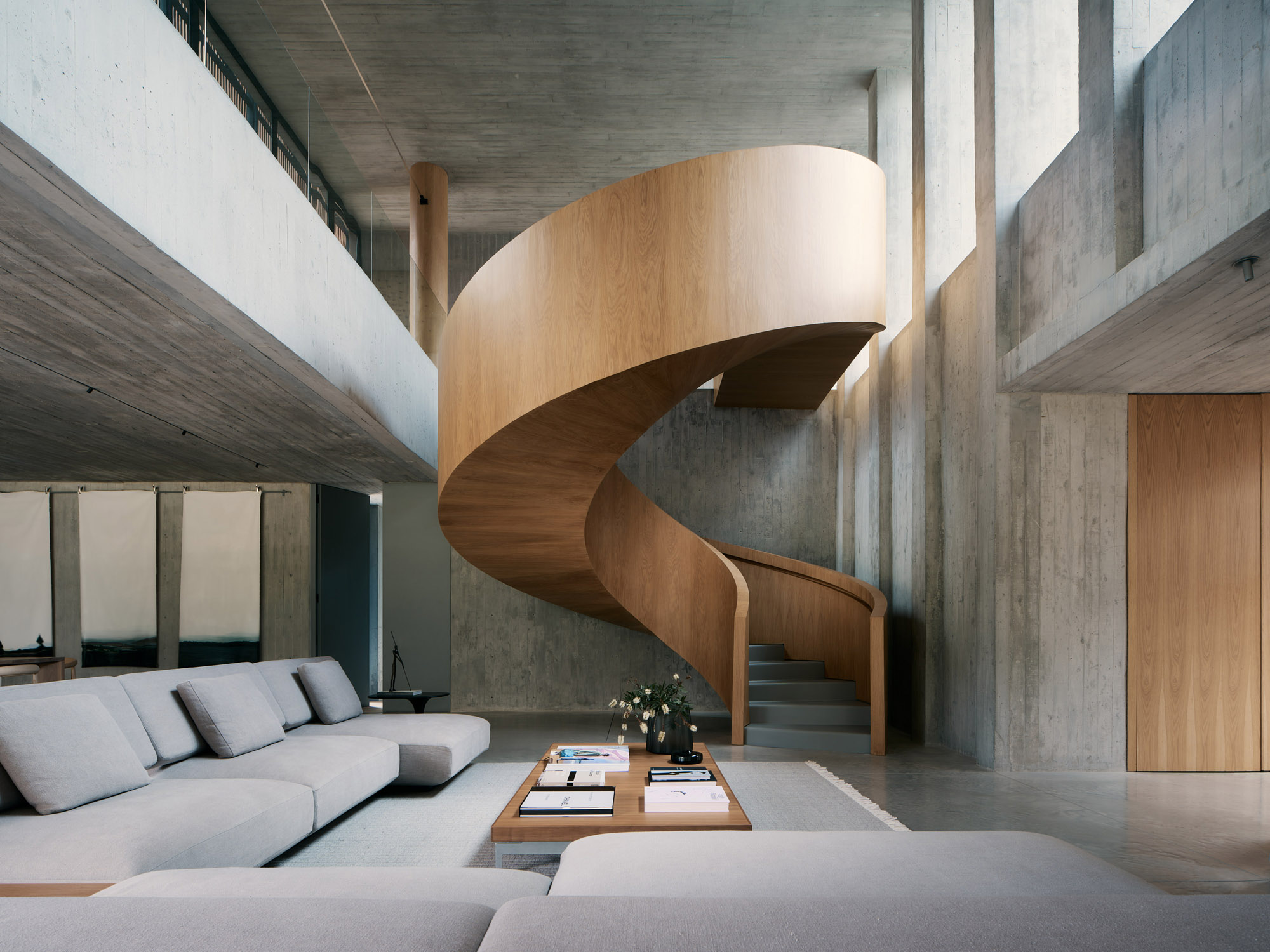 A Medellin house offers art, brutalism and drama
A Medellin house offers art, brutalism and dramaA monumentally brutalist, art-filled Medellin house by architecture studio 5 Sólidos on the Colombian city’s outskirts plays all the angles
By Rainbow Nelson
-
 This ‘architourism’ trip explores India’s architectural history, from Mughal to modernism
This ‘architourism’ trip explores India’s architectural history, from Mughal to modernismArchitourian is offering travellers a seven-night exploration of northern India’s architectural marvels, including Chandigarh, the city designed by Le Corbusier
By Anna Solomon
-
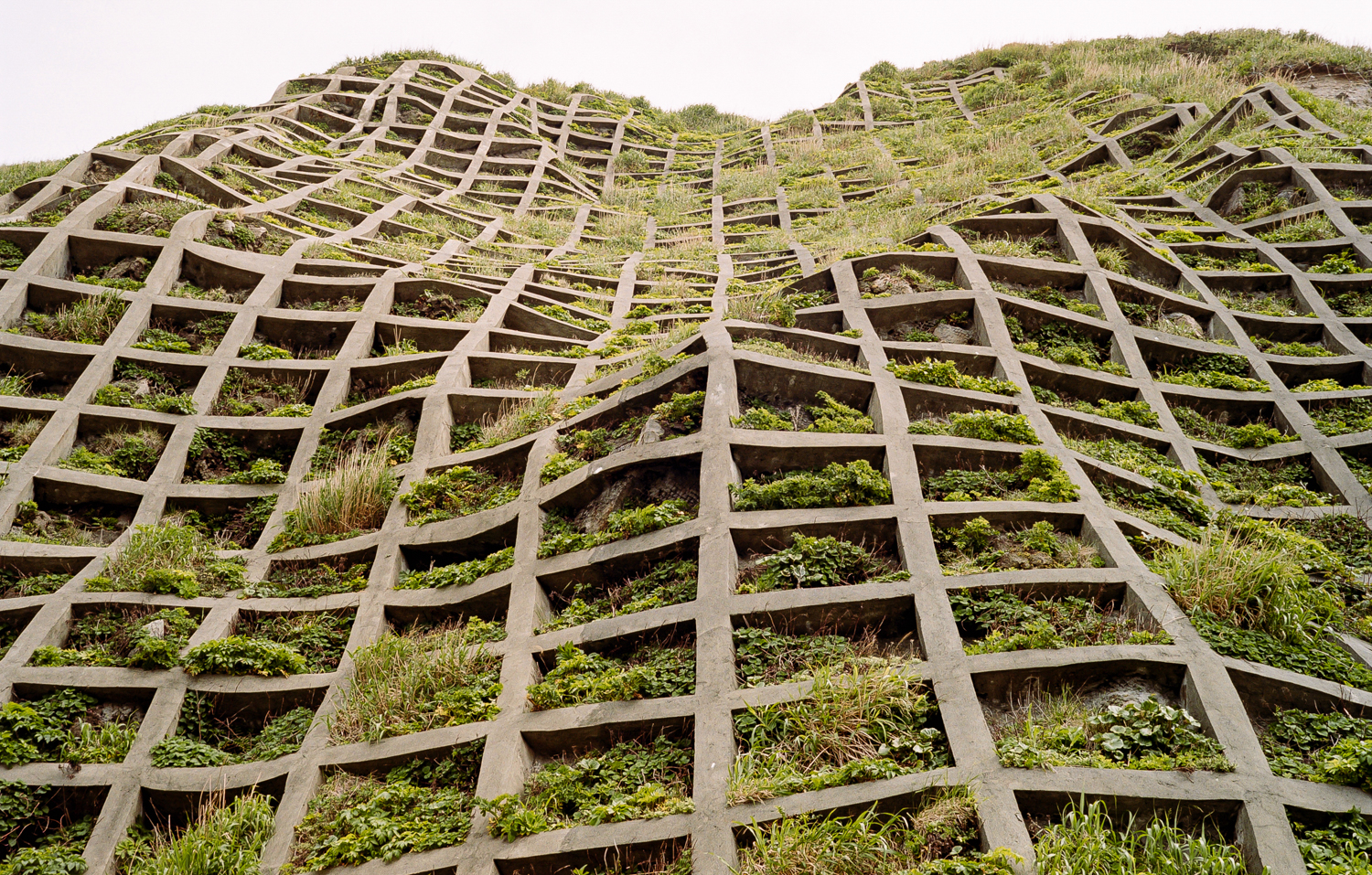 The best brutalism books to add to your library in 2025
The best brutalism books to add to your library in 2025Can’t get enough Kahn? Stan for the Smithsons? These are the tomes for you
By Tianna Williams
-
 How Le Corbusier defined modernism
How Le Corbusier defined modernismLe Corbusier was not only one of 20th-century architecture's leading figures but also a defining father of modernism, as well as a polarising figure; here, we explore the life and work of an architect who was influential far beyond his field and time
By Ellie Stathaki
-
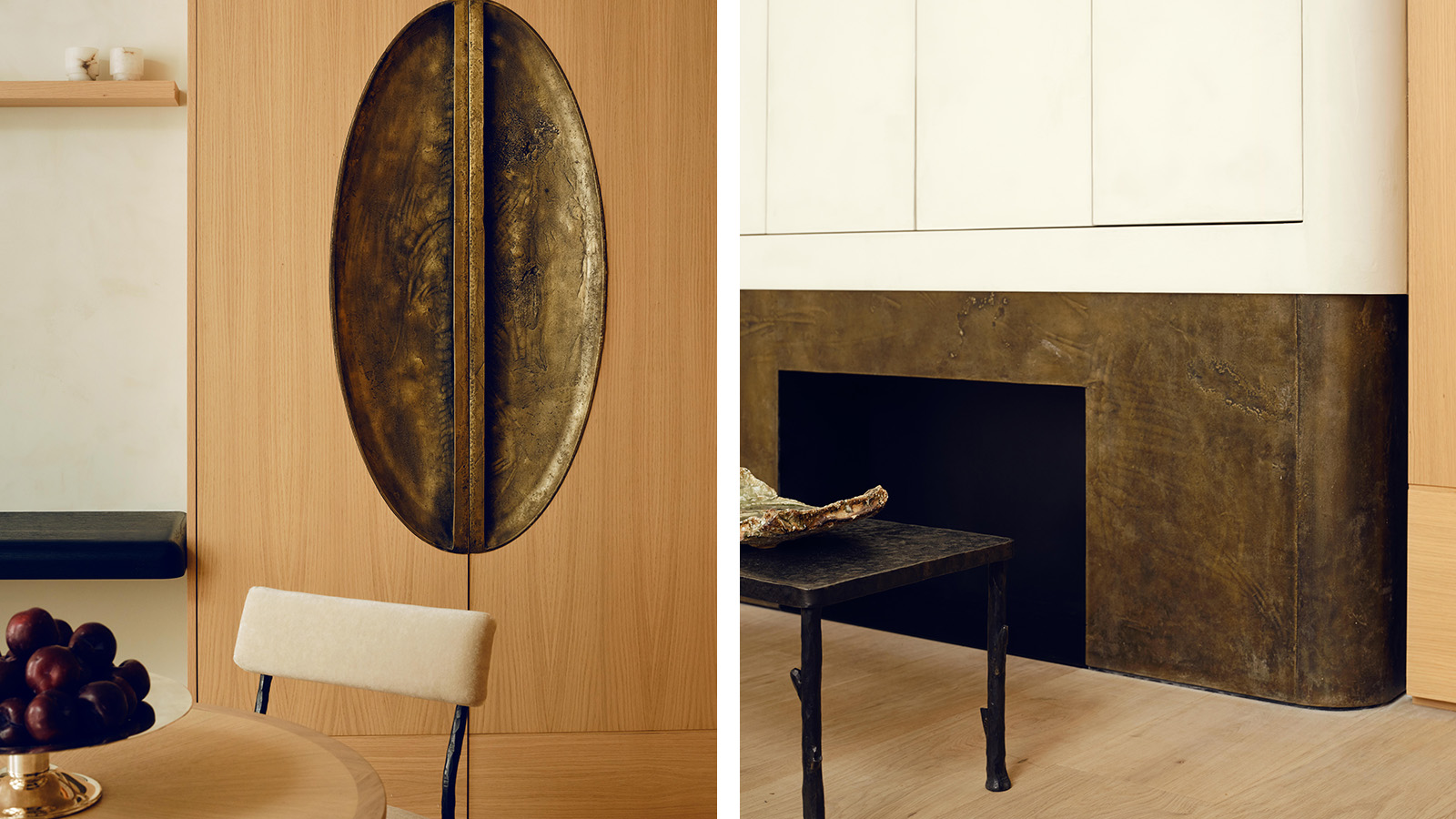 Stay in a Parisian apartment which artfully balances minimalism and warmth
Stay in a Parisian apartment which artfully balances minimalism and warmthTour this pied-a-terre in the 7th arrondissement, designed by Valeriane Lazard
By Ellie Stathaki
-
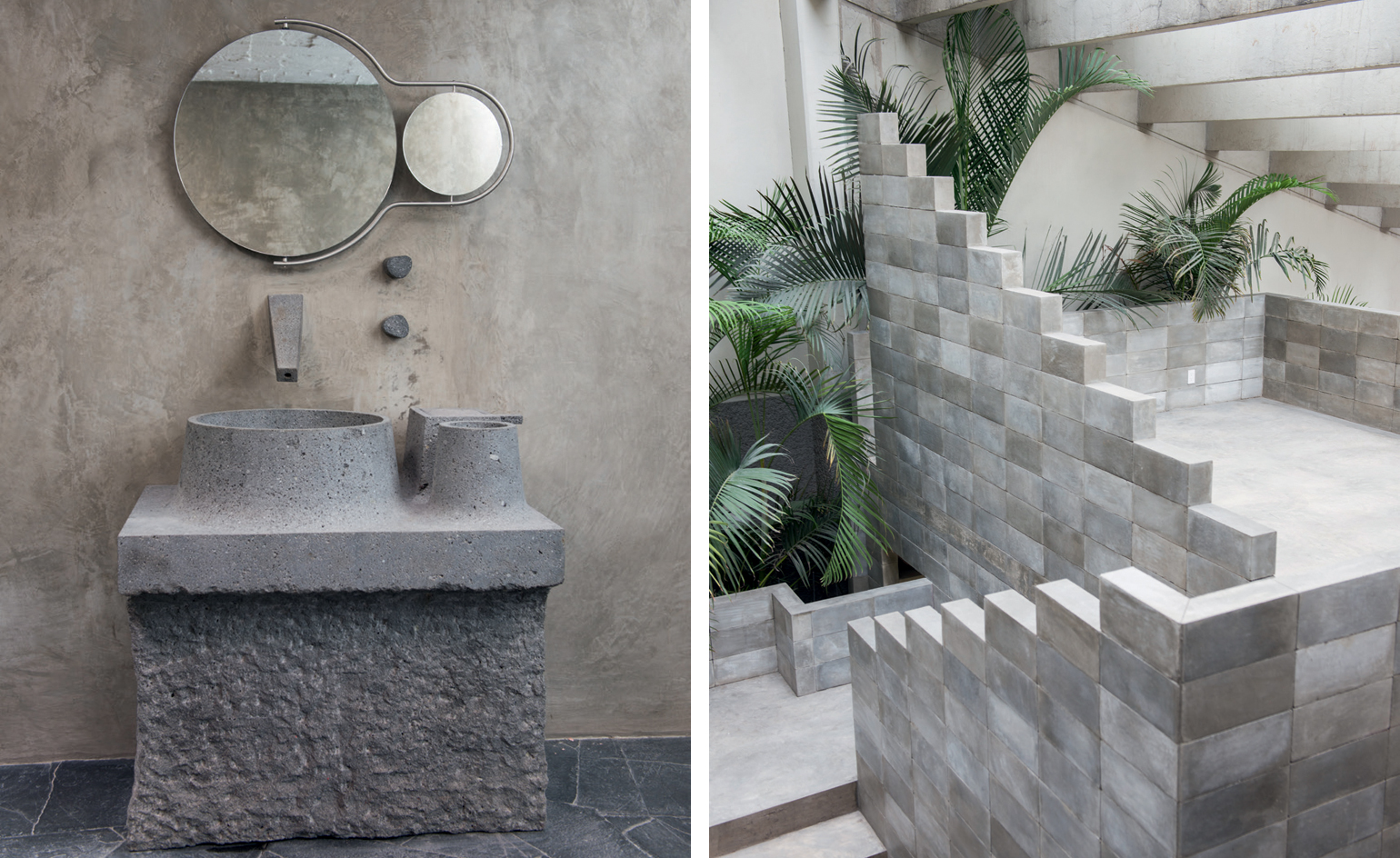 Brutalist bathrooms that bare all
Brutalist bathrooms that bare allBrutalist bathrooms: from cooling concrete flooring to volcanic stone basins, dip into the stripped-back aesthetic with these inspiring examples from around the world
By Tianna Williams
-
 Marta Pan and André Wogenscky's legacy is alive through their modernist home in France
Marta Pan and André Wogenscky's legacy is alive through their modernist home in FranceFondation Marta Pan – André Wogenscky: how a creative couple’s sculptural masterpiece in France keeps its authors’ legacy alive
By Adam Štěch